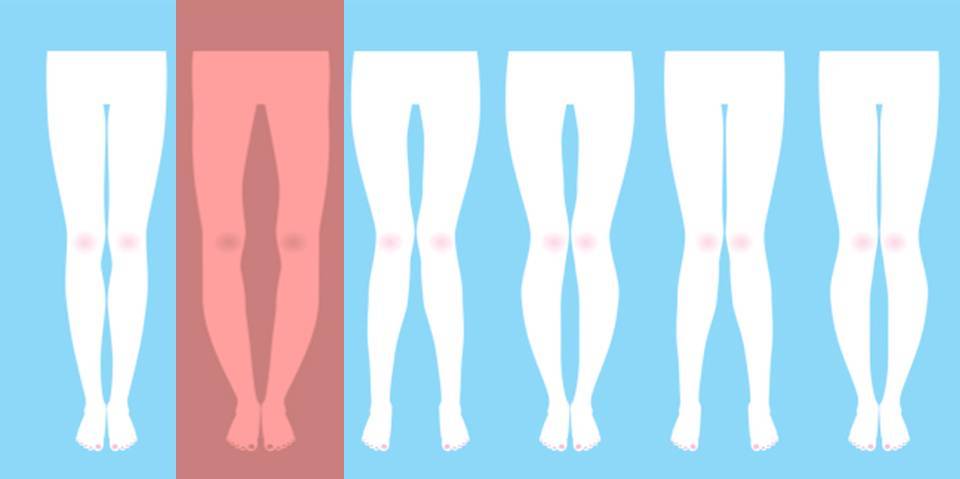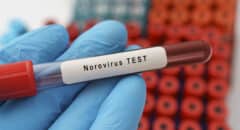 Some may think it's sexy. Others think that it's just a cowboy/down south thing. But when you see an adult that is bowlegged, everyone has an opinion. But how did they get that way?
Some may think it's sexy. Others think that it's just a cowboy/down south thing. But when you see an adult that is bowlegged, everyone has an opinion. But how did they get that way?
YOU MAY ALSO LIKE: Get Firm Thighs & Sexy Legs [VIDEO]
By age 3, most kids no longer appear bowlegged. And by age 7 or 8, most children's legs have reached the angle they'll retain into adulthood. Rarely, bowlegs are caused by a condition called Blount's disease, a bone disorder that affects the shins.
Other, rarer conditions may also result in bowed legs in toddlers. Disorders of metabolism can also lead to bowed legs.
Here's a breakdown of other causes that can affect having bowlegs:
Rickets
Rickets is a condition resulting from prolonged vitamin D deficiency. This softens and weakens the bones, causing the legs to bow.
Paget’s Disease
This metabolic disease negatively affects the way your bones break down and rebuild. As a result, they do not rebuild as strongly as they should. Over time, this can lead to bowlegs and other joint problems. Paget’s disease is more common in older people and can be successfully managed with early diagnosis and treatment.
Dwarfism
The most common form of dwarfism is caused by a condition known as achondroplasia. This is a bone growth disorder that can result in bowlegs over time.
Other Causes of dwarfism include:
- bone fractures that have not healed properly
- abnormally developed bones, or bone dysplasia
- lead poisoning
- fluoride poisoning
Recognizing the Symptoms of Bowlegs
This is a very recognizable condition. If you have bowlegs, your knees will not touch when you stand with your feet together and ankles. Bowed legs are symmetrical, appearing the same on both legs.
In most cases, bowlegs start to improve when a child reaches 12 to 18 months old. You should talk to your pediatrician if your child’s legs are still bowed beyond the age of two, or if the condition becomes worse.
Diagnosing Bowlegs
Bowed legs are easy to spot, but a doctor can tell you how severe the condition is, or whether it is caused by an underlying disease.
During your visit, your doctor will likely take your child’s leg measurements and observe him or her walking. Your doctor may also order an X-ray of the knees and blood tests to confirm diagnosis. Imaging tests can help your doctor view any bone abnormalities in the legs and knees, while blood tests can determine if bowlegs is caused by an underlying condition such as rickets or Paget’s disease.









